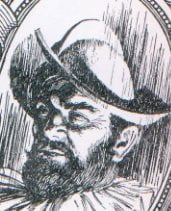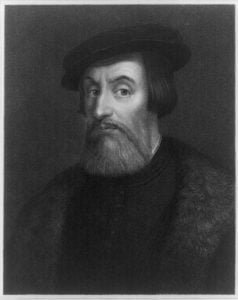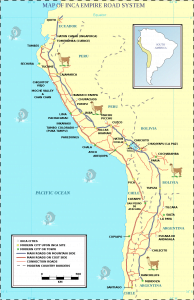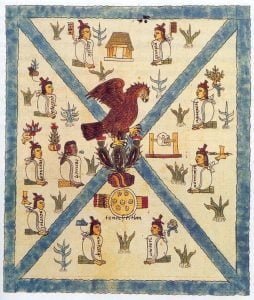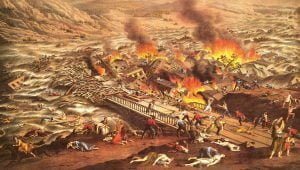1850 Gazetteer of Dean-Prior England
DEAN-PRIOR parish, from 3 to 5 miles S.S.W. of Ashburton, has 552 souls, and about 4000 acres of land, including nearly 1400 acres of open common, on the eastern side of Dartmoor Forest. Its villages are Dean Town and Dean Church Town, on the Exeter and Plymouth road, where there are several woolcombers, and where the gentlemen and hounds of the celebrated Dean Hunt usually assemble. The manor of Dean Prior was held by the Prior of Plympton, and now belongs, with that of Skerraton, to Sir J. B. Y. Buller, but Sir W. P. Carew, and a few smaller … Read more


